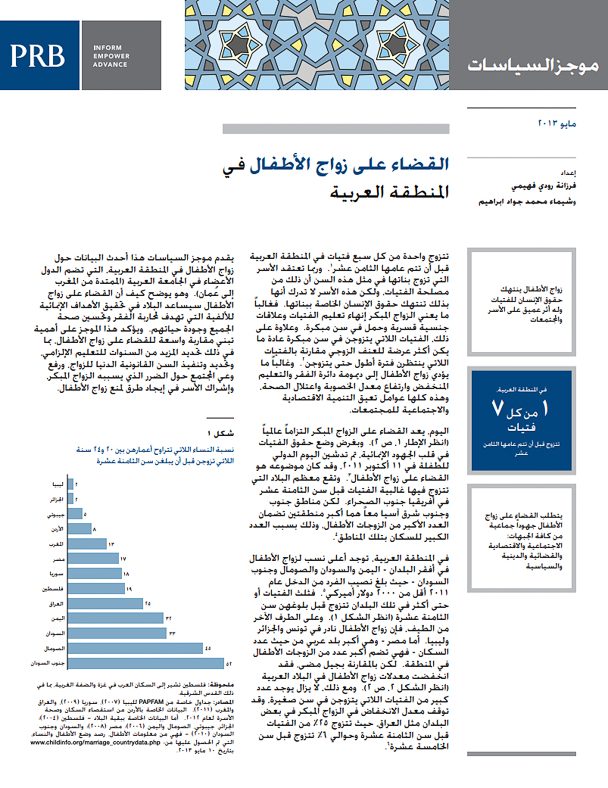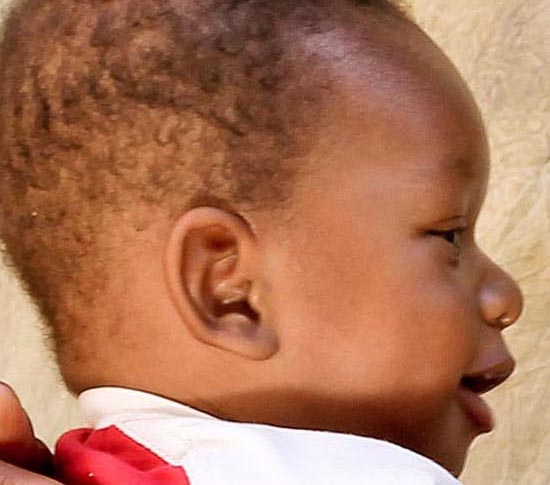537 Search Results Found For : "❤️ Dating for me: www.Dating4Me.site ❤️ Is Nash Grier Dating"

How Does the U.S. Census Bureau Count People Who Have More Than One Address?
The U.S. Census Bureau aims to count each person once—and only once—in the decennial census. It does that by determining how many people live at a every residential address.
A Demographic Profile of U.S. Workers Around the Clock
(2008) The nature of work continues to change dramatically with the extension of work operations around the clock being one of the most striking alterations.

Project: Middle East and North Africa Program (MENA)
Ending Child Marriage in the Arab Region
(2013) This policy brief presents the latest data on child marriage in the Arab region, which includes members of the League of Arab States (stretching from Morocco to Oman). Arabic and English versions.

MOMENTUM Knowledge Accelerator
Supporting improvements in voluntary family planning and reproductive health activities, including their integration with maternal and child health programs.
What Can Be Done to Protect the Chimpanzees and Other Great Apes of Africa?
(August 2006) The chimpanzees of Gombe National Park in Kigoma Region, Tanzania, have come under increased pressure from four decades of high human population growth in the region and an associated increase in human activity and disease.
Bridging High Impact Family Planning Communications and Advocacy
Investment in effective policy and program interventions for youth family planning (FP) improves the use of data and evidence for FP advocacy.
